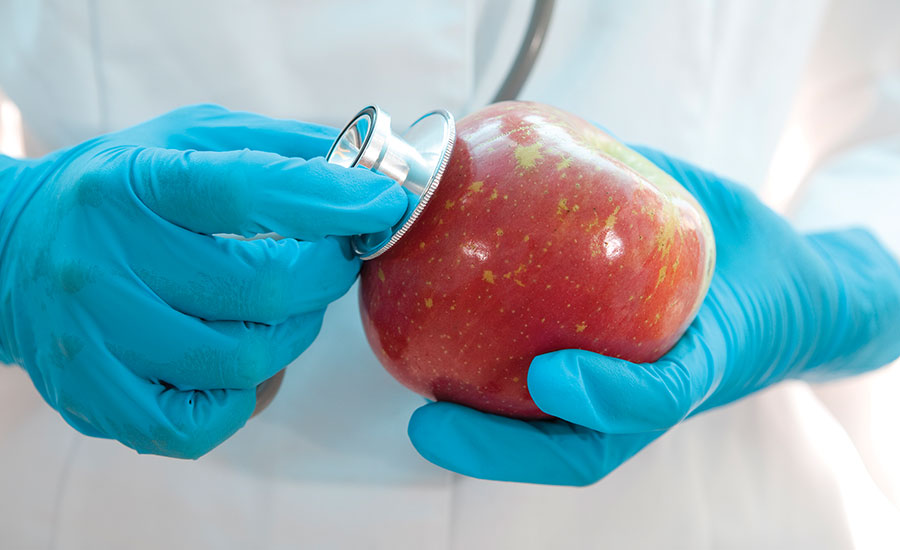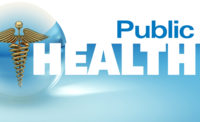Have a strong food safety culture… be FSMA/inspection/audit ready at all times… provide better allergen control… focus on recall prevention… these have all become common mantras in the food and beverage industry.
As the industry continues to expand and become more global, we see more known and emerging risks cropping up. The best way to deal with risk is to be prepared for anything.
Preparation often involves education. It is difficult to address a risk or hazard if you don’t know or understand it. It is even more important to understand the science of food safety in order to ensure the protection of your brand. Consumers are becoming more educated (or at least more informed) and you need to make sure your team is as well.
When a trained employee blows a question
Your employees can make or break your business. Providing comprehensive food safety training on an ongoing basis will help ensure that your team is well informed, that they follow the necessary food safety procedures and practices, and they can articulate both what your food safety culture is and what their roles are within your Food Safety Management System.
How many times have you been undergoing an audit or inspection when a question is asked of your frontline employee? Let’s say the question goes to one of your longtime employees that you know has received all the necessary training and does a great job even when food safety issues arise. For some reason, when he answers, it is something so far from being correct, you are completely flabbergasted. What?!? Where did that come from? Why would he answer differently from the training you provided? I have to admit this has happened to me a few times. When I asked why they answered that way, for some reason they felt it was the answer that the auditor/inspector was looking for.
A serious gap
You ask yourself, where did we go wrong with training? I thought the question was a no-brainer and my employee thought it was difficult. We have a serious gap in our food safety training program. Having an effective food safety training program involves a lot of complex, moving parts that need to be managed carefully and consistently to ensure your team is working to the best of their abilities.
Here are some tips on how to set up a good food safety training program:
Planning for your training
Multiple products and processes and their accompanying risks make it a challenge to keep up with everything you need to educate your team on. It might be wise to use a software tool to automate the management of your training program. When planning you will want to consider:
• Who— you will want to maintain current roster of all your employees with their job title, length of service, and areas they are assigned to
• What— you will need to come up with a register of different food safety training topics that will be provided throughout the year
• How— you will want to look at different ways to provide the training – online, classroom, on-the job, handouts/manuals, videos, signs/infographics/posters
• When— Frequency
• At Hire/Orientation— should encompass all the topics/areas related to doing their job as well as food safety and quality
• Refresher—annual or more often depending on the topic
Verification
This is usually one of the weakest areas of most food safety training programs. In the scenario above, there most likely was a gap in the our training program in regard to making sure the employee both understood the training and also felt comfortable articulating it. There are a number of ways that you can verify whether your food safety training has been effective.
• Written Tests/Quizzes— usually administered right after a training session is completed but could be done throughout the year
• Oral Q&A— again, can be done immediately post-training or randomly whenever you have time to stop and talk with your employees
• Situation or Scenario— randomly posing a food safety situation or scenario to see how the employee will answer helps determine any gaps and need for additional training
• Observation— just monitoring employee practices can alert you to any gaps in employee knowledge, and sometimes their overall motivation to follow food safety protocols
• Discussion— you can even just strike up a conversation about the employee’s current task and how it relates to food safety
The point is to get a sense of the employee’s level of knowledge, what their overall thoughts are about food safety and to make sure they feel comfortable that they are doing the right thing and can comfortably communicate it should someone ask them about it.
Recordkeeping
And last, but not least, is ensuring that you have the proper records to show that you have a training plan in place and that it is being followed. Attendance records are crucial for proving compliance to food safety training requirements. Whenever possible, the verification activities should be documented as well. This is another area where a software tool would come in handy to help manage the documentation requirements. Don’t forget to document any corrective actions that may have occurred due to gaps in training. This is a common finding on 3rd party food safety audits.


